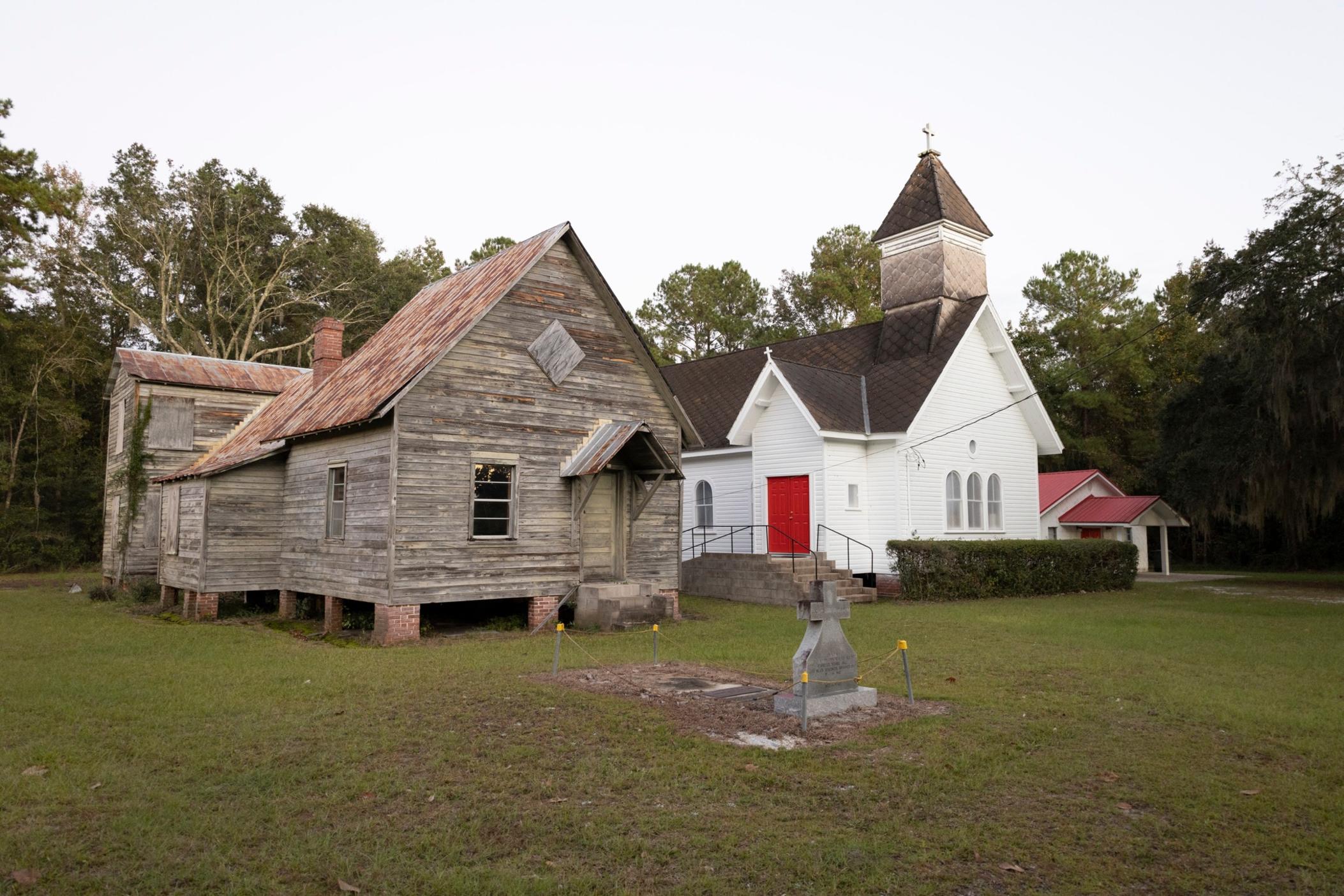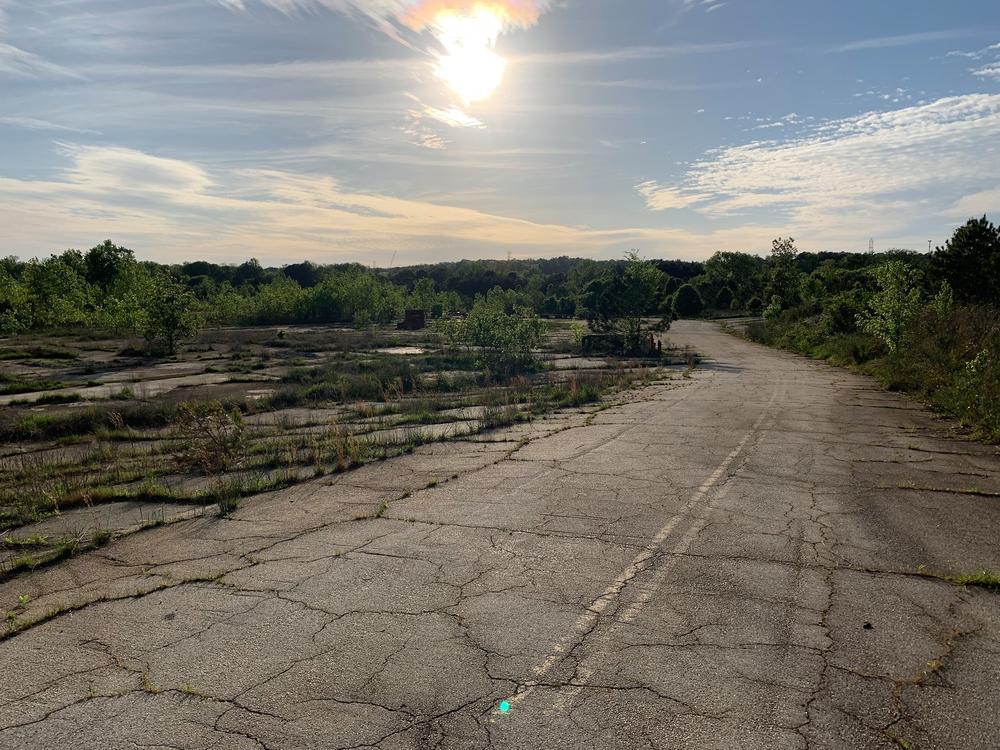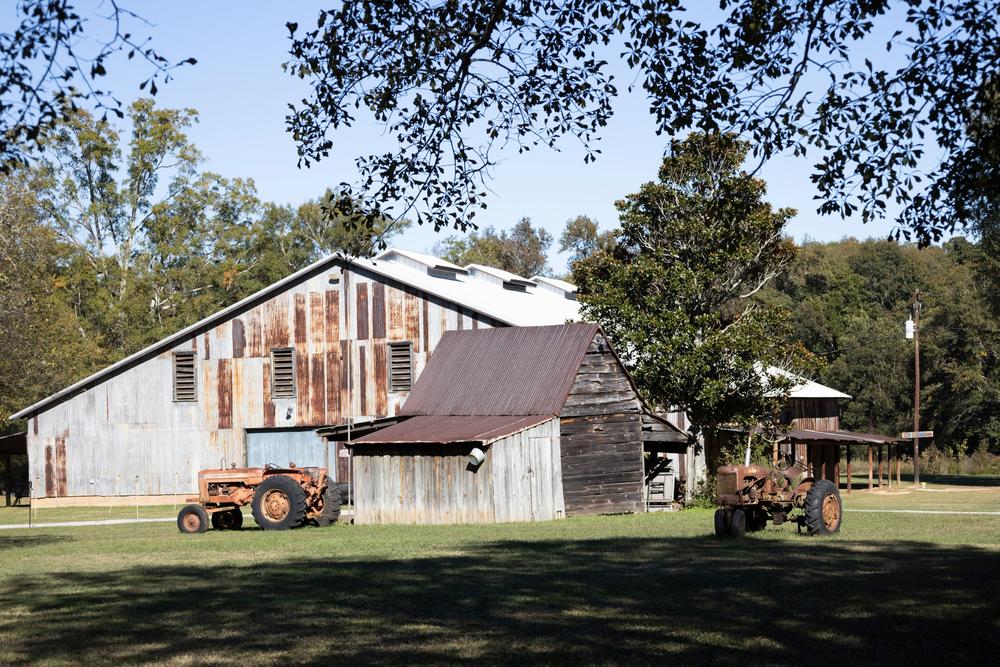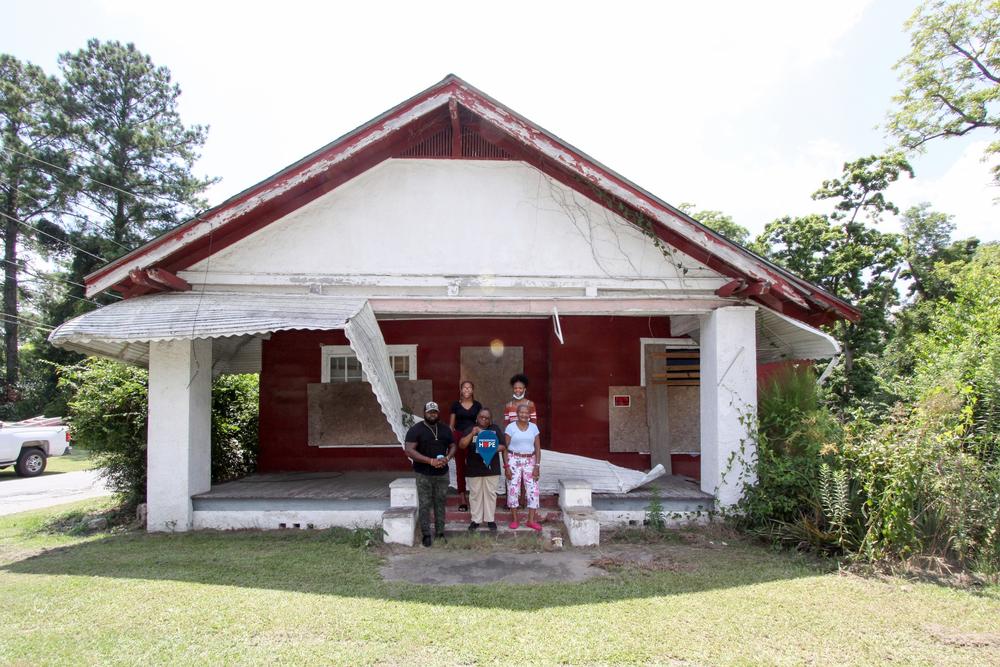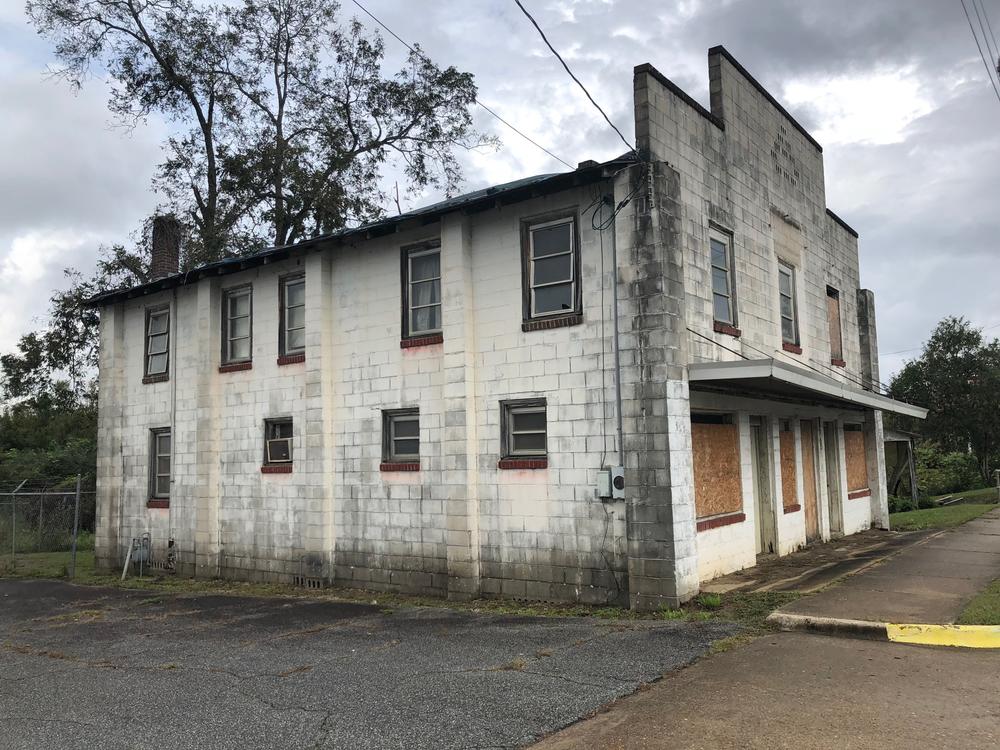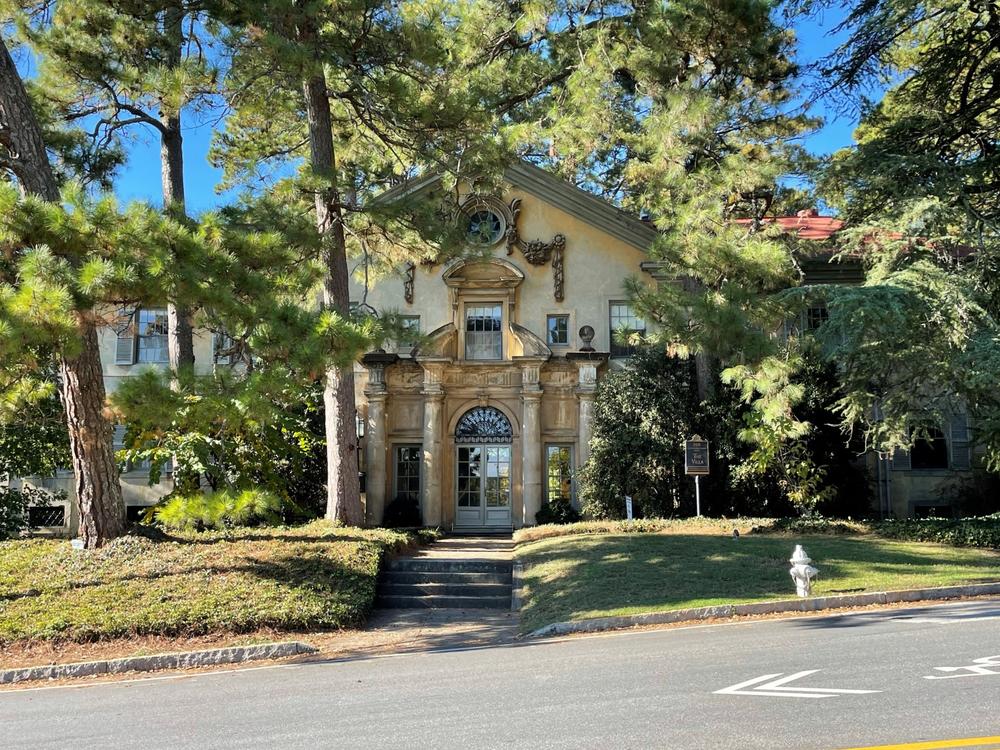
Caption
Ansley Park, first developed in 1904, was Atlanta’s first suburb designed specifically with the automobile in mind. It was named for its developer, Edwin P. Ansley, and includes some of Atlanta’s most architecturally significant residences.
Credit: via The Georgia Trust for Historic Preservation Facebook page
